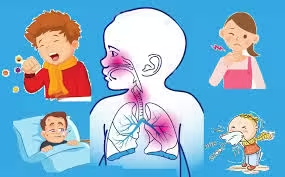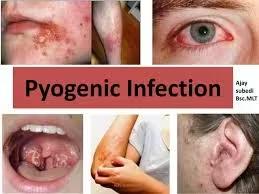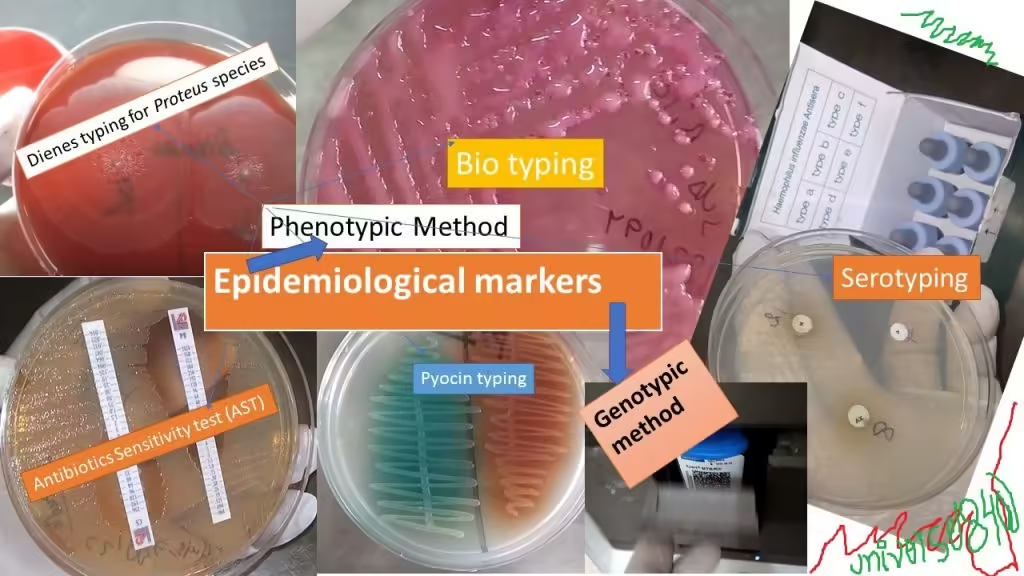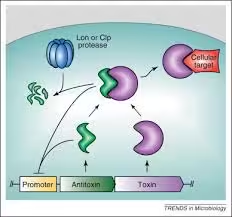
Introduction Respiratory tract infections (RTIs) encompass a wide spectrum of diseases, from mild upper respiratory conditions to severe lower respiratory infections like pneumonia. They are a significant cause of morbidity Read More …
Simplifying Allied Health Learning.

Introduction Respiratory tract infections (RTIs) encompass a wide spectrum of diseases, from mild upper respiratory conditions to severe lower respiratory infections like pneumonia. They are a significant cause of morbidity Read More …

Introduction Pyogenic infections, characterized by pus formation, are primarily caused by pathogenic bacteria that induce acute inflammation. These infections can manifest in various forms, including abscesses, cellulitis, pneumonia, and osteomyelitis. Read More …

Epidemiology, the study of how diseases affect the health and illness of populations, plays a crucial role in understanding the dynamics of infectious diseases. One key aspect of epidemiology is Read More …

The toxin-antitoxin (TA) system is a stress-response system used by bacteria. It comprises two components: the toxin, which can inhibit cellular functions or lead to cell death, and the antitoxin, Read More …

Nosocomial infections or hospital-acquired infections (HAIs), are infections patients acquire during their stay in healthcare facilities, typically within 48 hours of admission or 30 days of receiving healthcare interventions. These Read More …